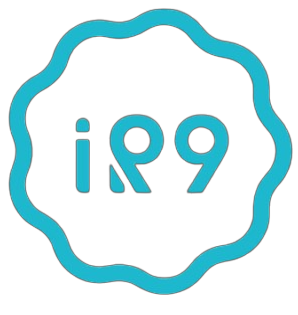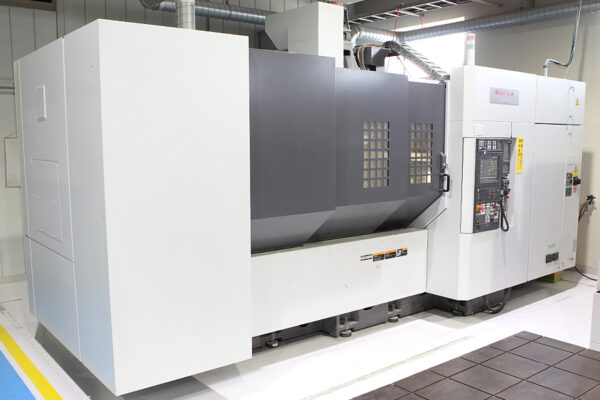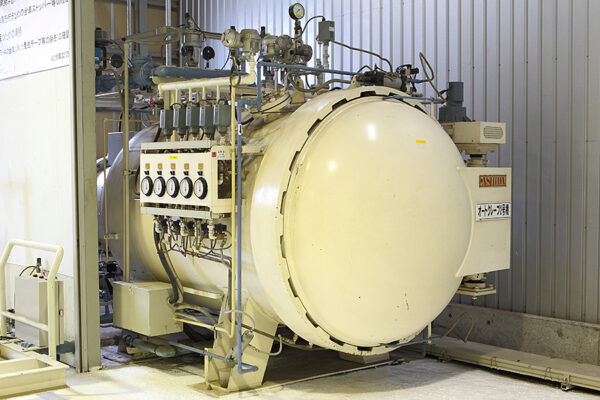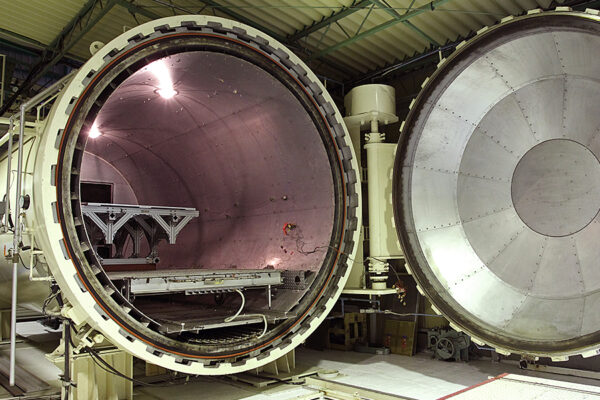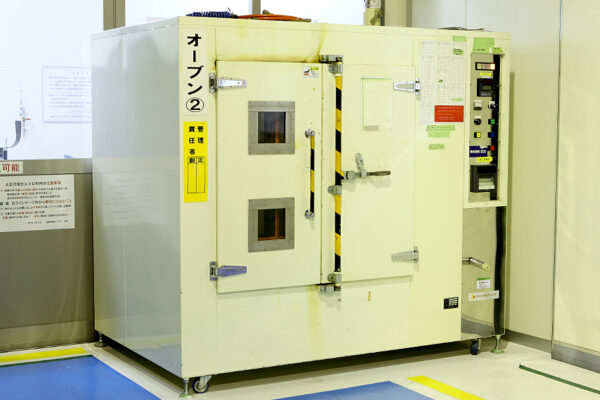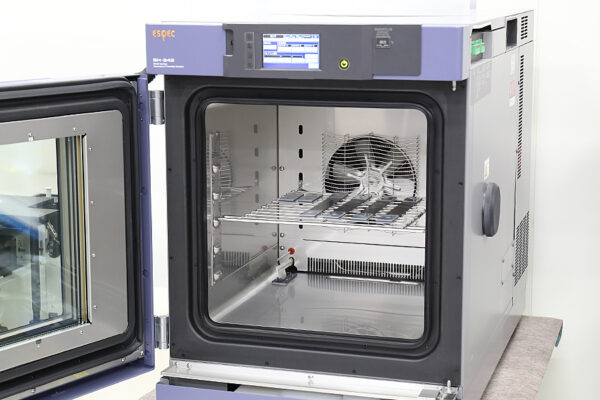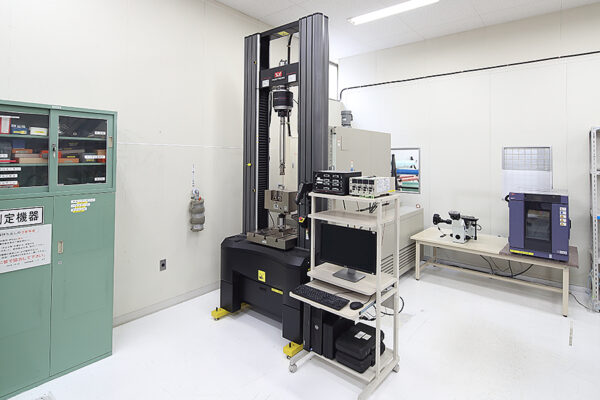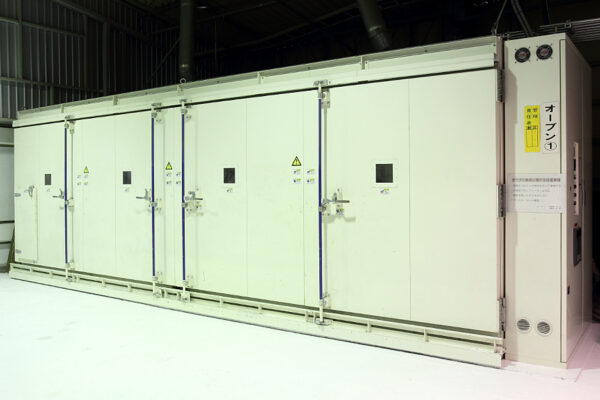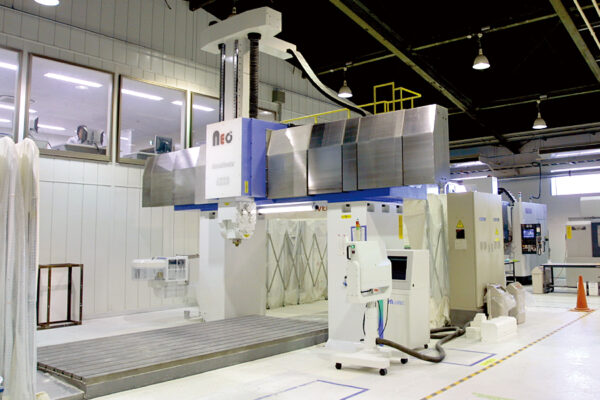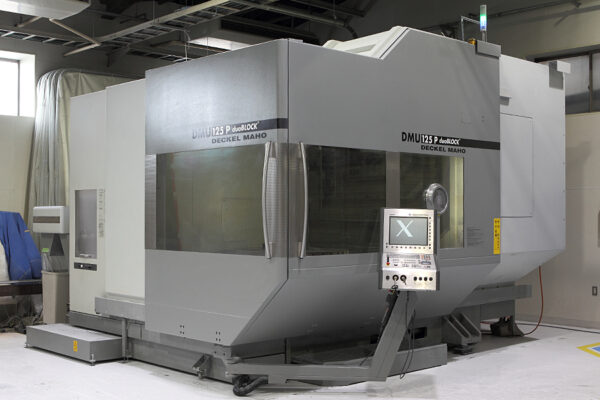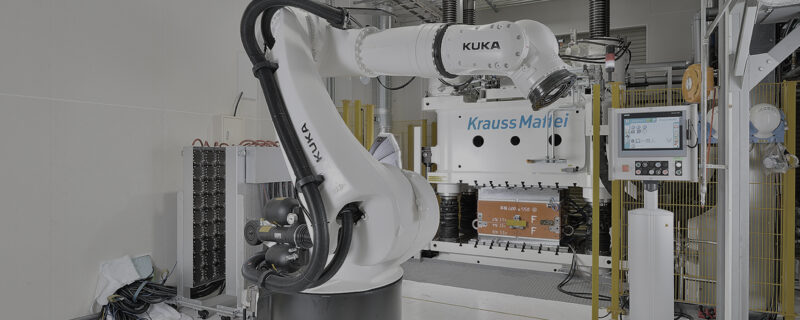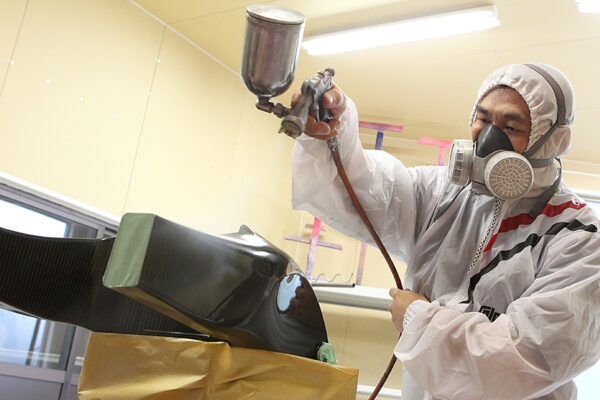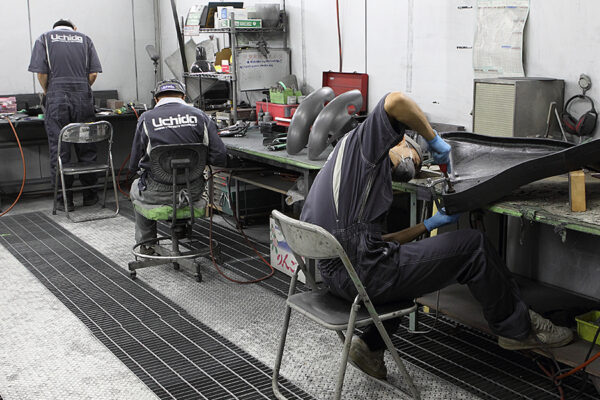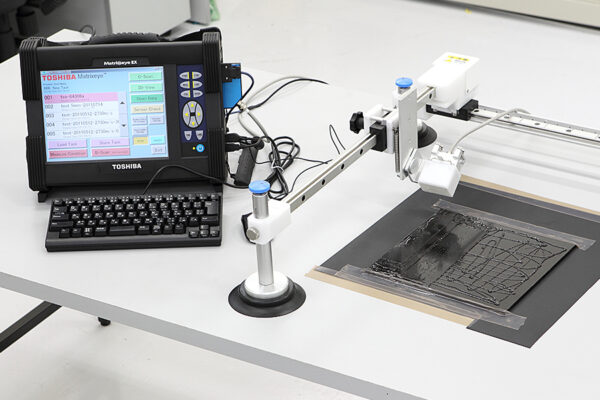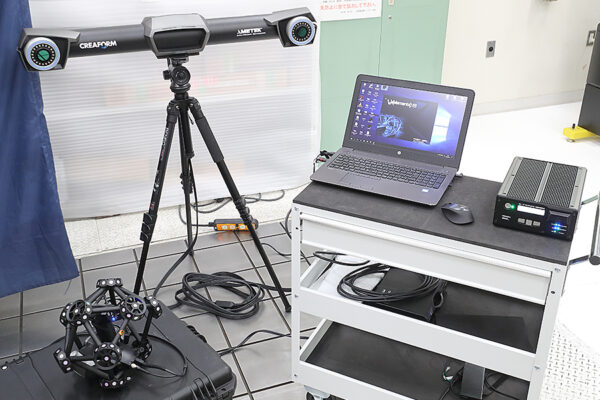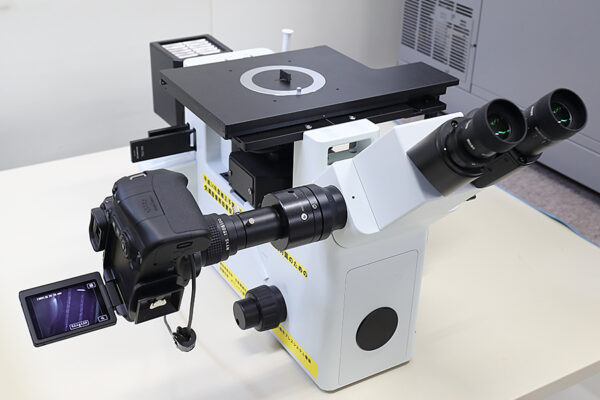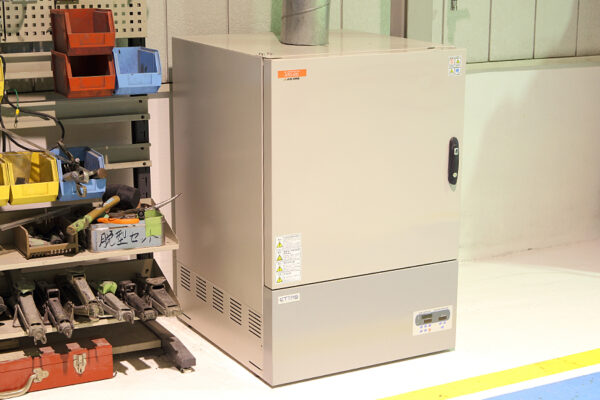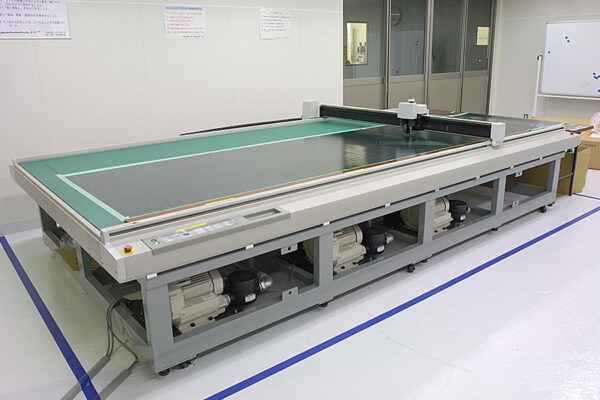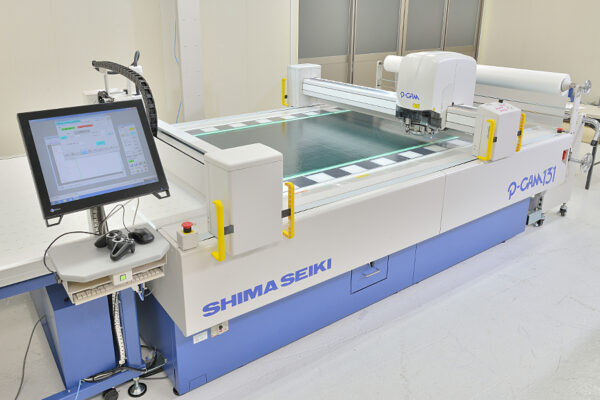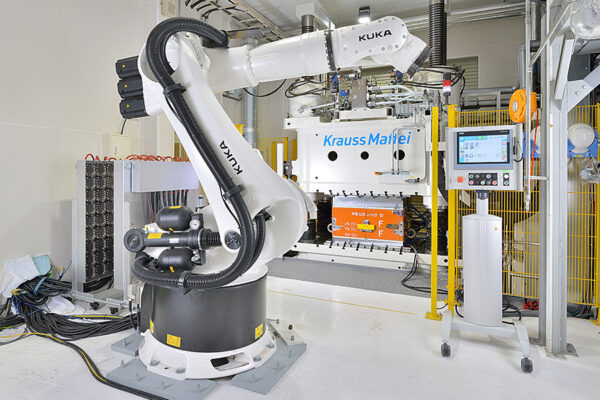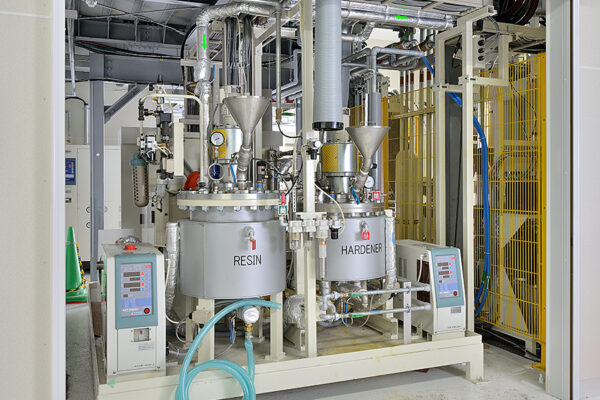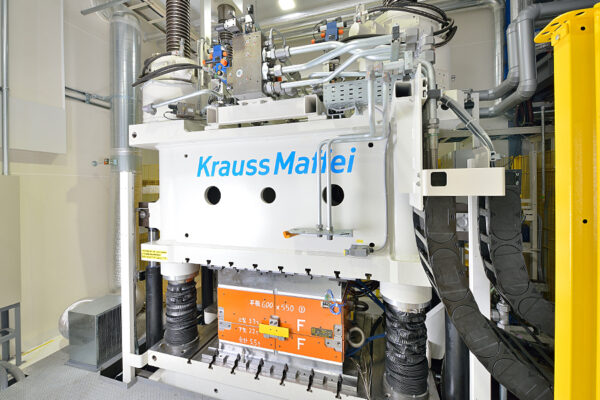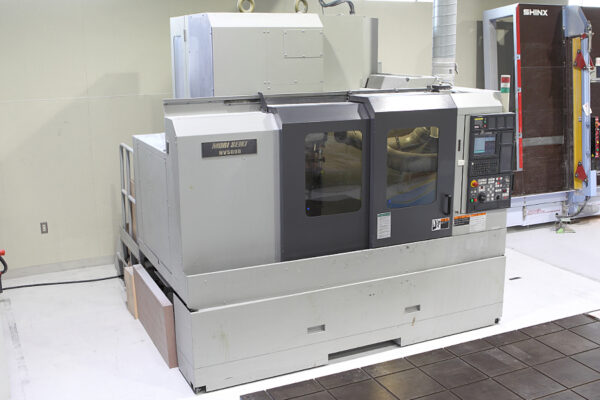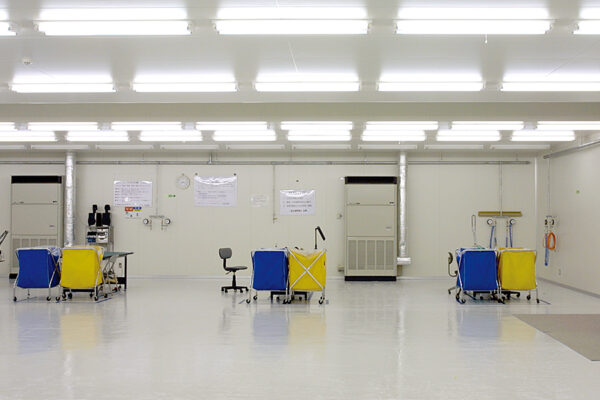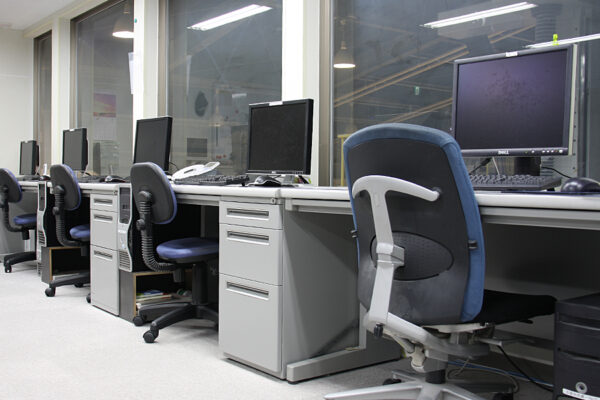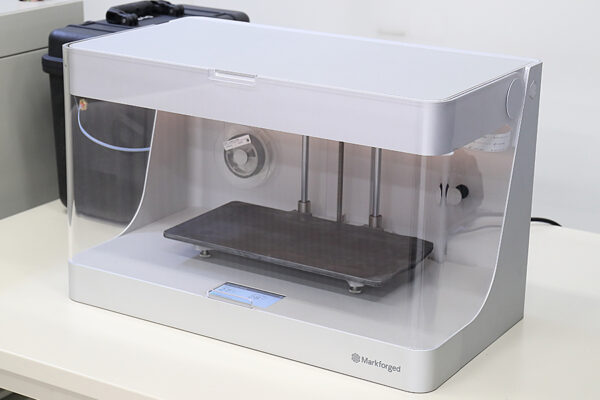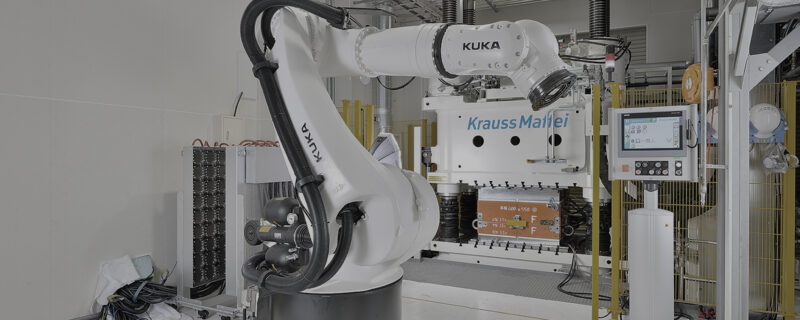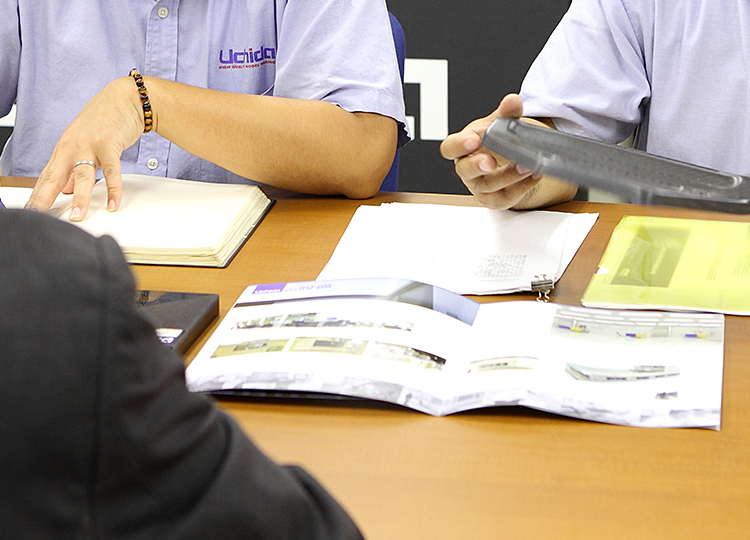Introduction
“Carbon fiber reinforced plastic (CFRP)” has become a frequently heard term in recent years. While CFRP is known to be “strong, lightweight, and non-corrosive,” what does this material consist of, and how is it produced for market?

CFRP? What is it?
Carbon Fiber Reinforced Plastics (polymers)
While carbon fiber refers to thin fibers of carbon material, as the name implies, these fine strands of carbon cannot maintain form on their own. The combination of resins enables the carbon fiber to retain its shape, reinforcing the form while leveraging its strong and lightweight qualities. The new material created by an amalgamation of two or more materials, such as fiber and resin, is referred to as a composite material or composite. The specific combination of fiber and resin is known as FRP (fiber reinforced plastic). The type of fiber is often specified, as seen in CFRP, which combines carbon fibers with reinforcing resins, and GFRP or AFRP which employ glass or aramid fibers, respectively. The applauded “lightweight, strong, and non-corrosive” qualities exhibited by advanced CFRP has led to its proliferation in applications across diverse fields from aviation, artificial satellites, and automotive industries through to sports and leisure goods.
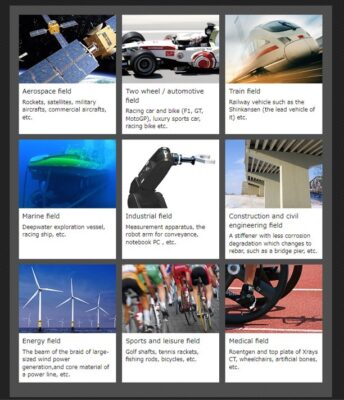
The anisotropic properties of CFRP, whereby the strength is yielded by the carbon fiber orientations, means that the material must be specifically designed to each product, unlike metals and isotropic materials. While the fiber and resins are highly versatile with extensive design freedom, they also require specialized skill and know-how. Handling these materials without expert understanding of their characteristics and properties is extremely difficult.
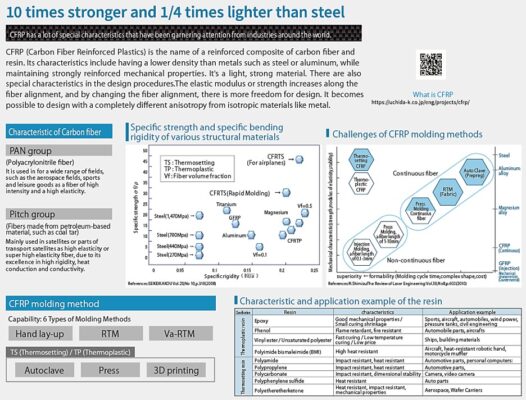
CFRP has numerous advantages, but these don’t come without challenges. The need for molds, material costs, and manufacturing complexity remains an issue in terms of production expenses and commercialization.
CFRP Molding Methods
Before delving into CFRP processing, let’s first look at molding methods. There is a wide variety of CFRP molding methods which are selected according to the desired application, shape/form, and production lot.
CFRP Molding Methods
Molding methods for CFRP are numerous and are selected according to the desired application, shape, and production lot.
Autoclave Molding
RTM (Resin Transfer Molding)
Va-RTM (Vacuum Assisted Resin Transfer Molding)
Press Molding
Hand Lay-up Molding
Filament Winding Molding
Sheet Winding Molding
Pultrusion
3D Printer
At Uchida, we use the fabrication methods shown in red.
Autoclave Molding Method: The Hallmark of High-quality CFRP Product Manufacturing
Despite the extensive range of molding methods, autoclave molding remains the hallmark method for design versatility and high-quality CFRP fabrication. High-quality CFRP created using the autoclave molding method is known as dry carbon. This method is suitable for prototyping and small-lot production as it does not require expensive metal molds. The diagram below illustrates the production process of CFRP products using the autoclave molding method.
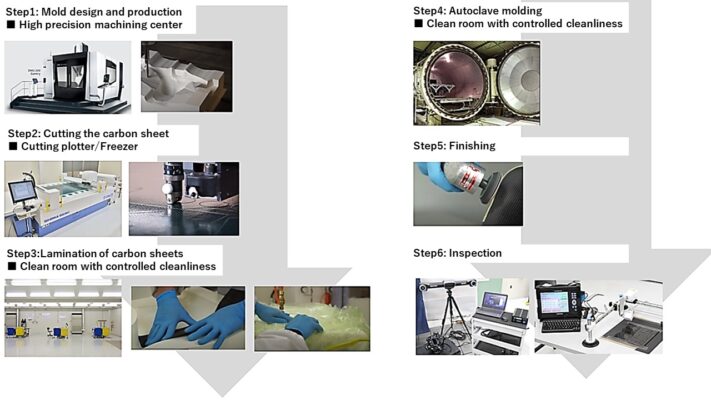
Autoclave internal thermal heating and pressurization processes
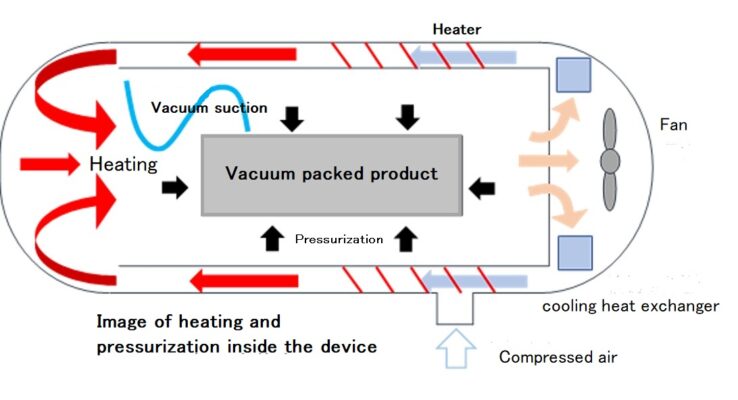
Points to Consider When Handling CFRP
Anisotropic Material
Unlike isotropic materials such as metals, which have uniform strength in all directions, the strength of CFRP (anisotropic) is determined by the orientation/direction of the carbon fibers. This allows us to ensure the required strength in the required direction, making it possible to design materials and laminates for almost any product specifications. The flipside, however, is that all products demand specialized material and lamination design and expert technical knowledge in these areas.
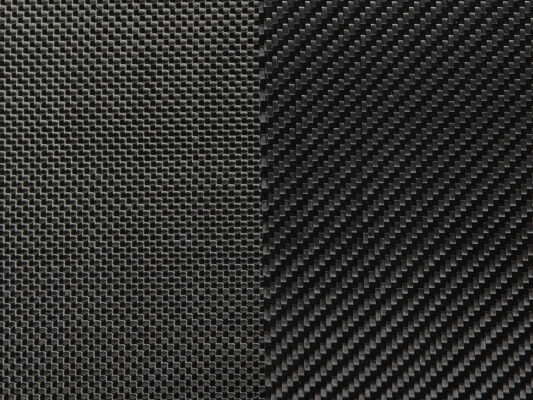
Multiple Molding Methods and Manufacturing Processes
As a review, CFRP manufacturing methods vary depending on numerous factors such as the product material, shape, production lot, delivery time, and Vf (fiber content in volume).
Specialized Processes
In autoclave processing, the predominant process for CFRP manufacturing, the product is created by layering thin 0.08-0.2 mm thick prepregs sheets into a laminate stack. These sheets are pre-impregnated with resin, hence the name prepregs. With this process, any foreign matter or voids trapped between the layers, which may cause internal structural defects, are not detectable by visual inspection after the molding is complete. Such processes are referred to as “special processes” and while internal defects can be verified by non-destructive testing, they still demand strict process control throughout each stage of the process.
Summary
This article explains the molding of carbon fiber reinforced plastic (CFRP). CFRP is being used in a wide range of applications, including aviation and other “flying objects,” for which weight reduction is a high priority. It is also widely in sports and leisure goods. Despite its proliferation, information and understanding of CFRP is still limited and therefore difficult to grasp for many people. If considering using CFRP, we suggest you consult a manufacturer with high familiarity and a proven track record in the field.
Related useful contents
You can explore related content by clicking on a topic of interest.
ABOUT UCHIDA - 55 years since our founding
We leverage a wealth of technical expertise as a CFRP molding and processing manufacturer using FRP, GFRP, and CFRP materials. We offer a one-stop solution, encompassing design, analysis, manufacturing, secondary processing, assembly, painting, quality assurance, and testing.
UCHIDA's equipment
We have cutting-edge equipment to ensure that we can address even the most advanced challenges of our customers.
Video Library
In the following video, we provide a detailed overview of our manufacturing process. Please feel free to watch and learn more.

